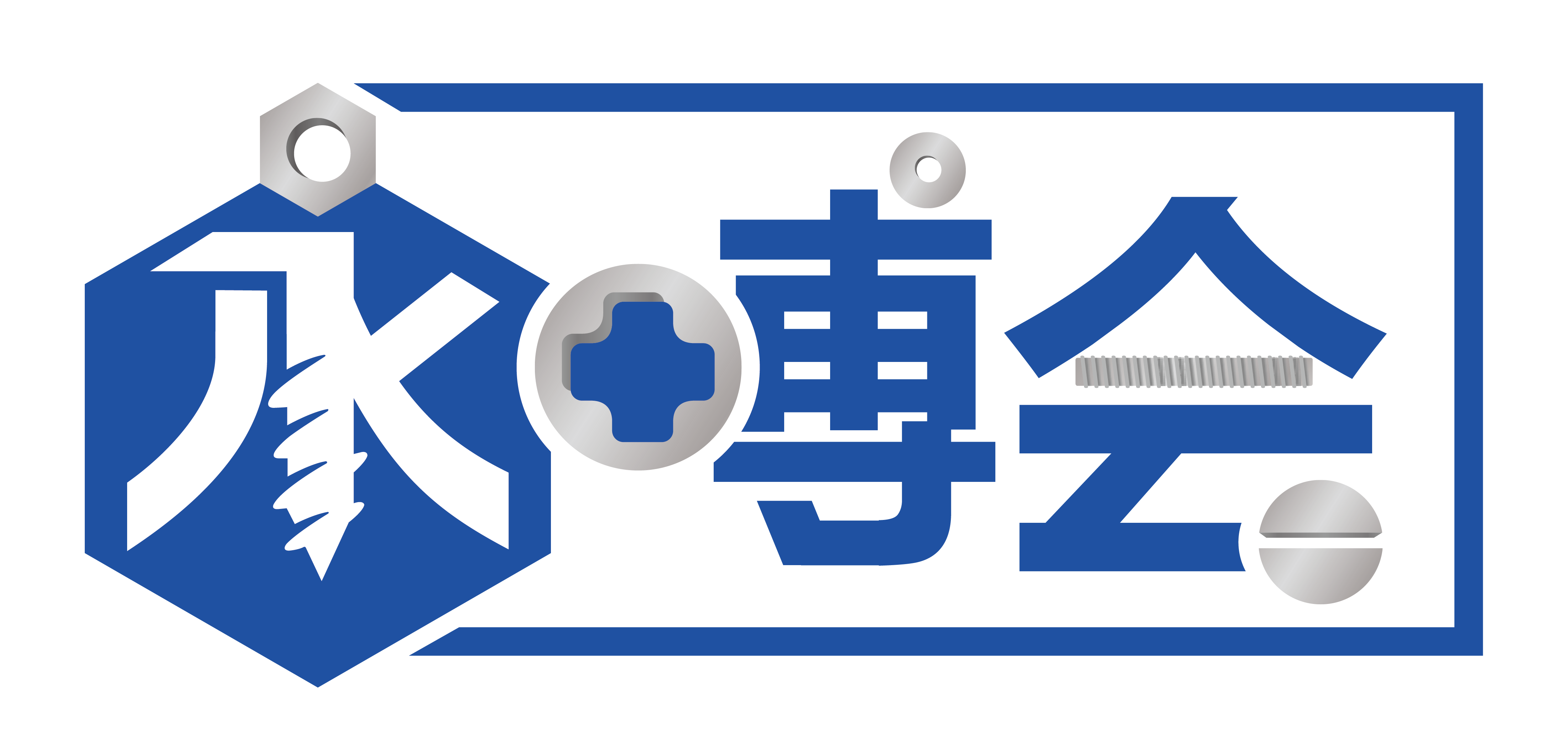Construction fasteners are essential components used for connecting, securing, and supporting structures in the construction industry. They are widely applied in various building projects, with main uses including:
- Steel Structure Engineering: Used to secure steel beams, columns, support frames, staircases, and railings, ensuring structural stability and safety.
- Concrete Connections: Including expansion bolts and chemical anchors to secure load-bearing walls, foundations, floors, and beams.
- Curtain Walls and Window Installation: Used for fixing glass curtain walls, aluminum alloy windows, balcony railings, and ensuring stability and wind resistance.
- Roofing and Bridges: Applied in roof panels, bridge railings, expansion joints, and suspension rods to withstand environmental impacts and ensure durability.
- Infrastructure Construction: Used in tunnels, subways, highways, airports, and ports, providing high-strength and corrosion-resistant fastening solutions.
- Seismic Reinforcement: In earthquake-prone areas, high-strength bolts and prestressed anchors are used to enhance a building’s seismic resistance.
- Pipeline and Cable Fixing: Used for securing water supply, drainage, electrical, ventilation, and fire protection pipelines to ensure system safety and organization.
- Interior and Exterior Decoration: Used for installing ceilings, curtain wall panels, wall cladding, wooden flooring, and lighting fixtures, enhancing aesthetics and functionality.
Construction fasteners must possess high strength, corrosion resistance, fatigue resistance, and vibration resistance to ensure the safety and durability of buildings. Common materials include carbon steel, stainless steel, alloy steel, and galvanized steel, selected based on environmental and structural requirements.



